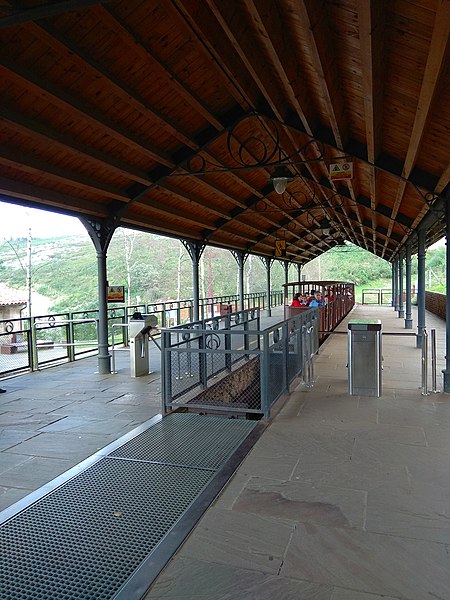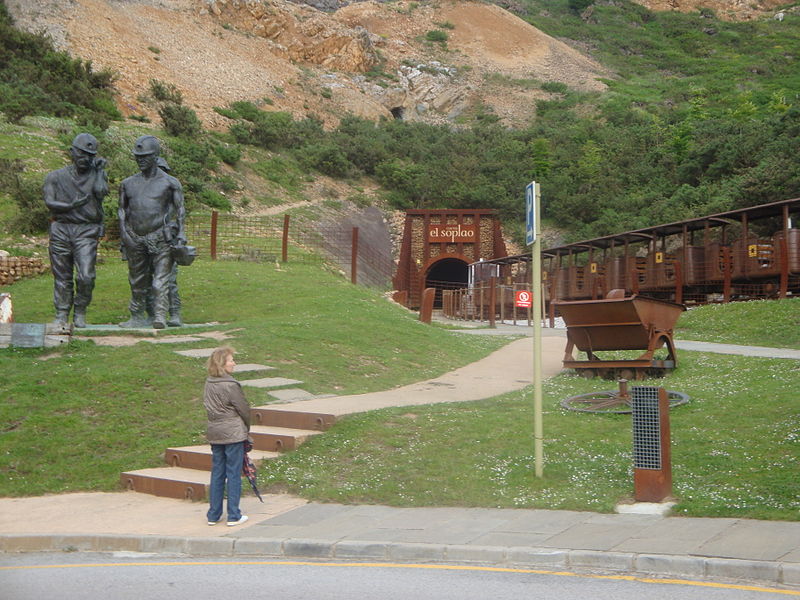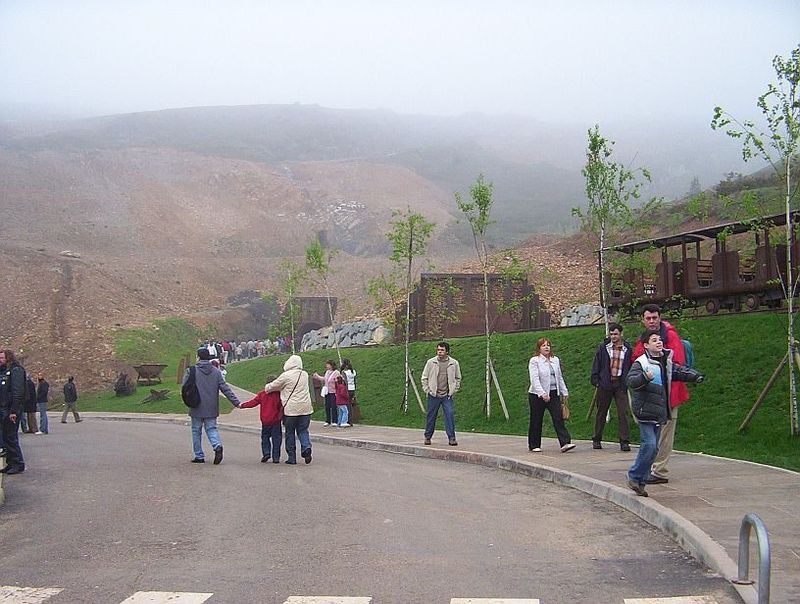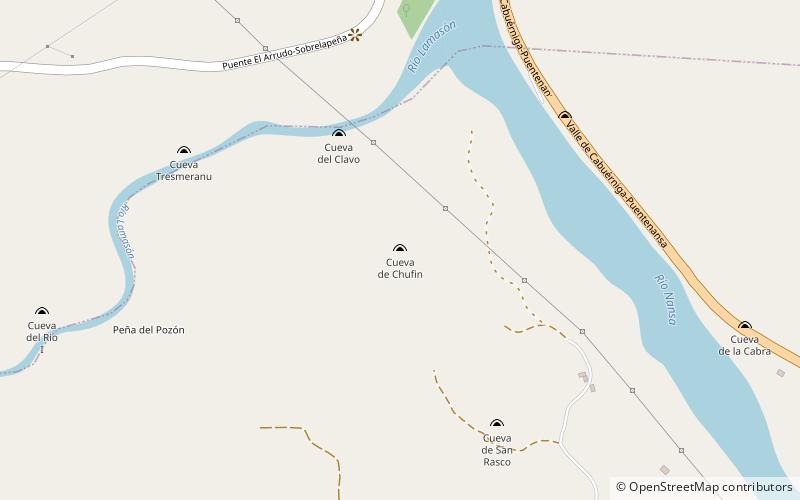Cave of El Soplao
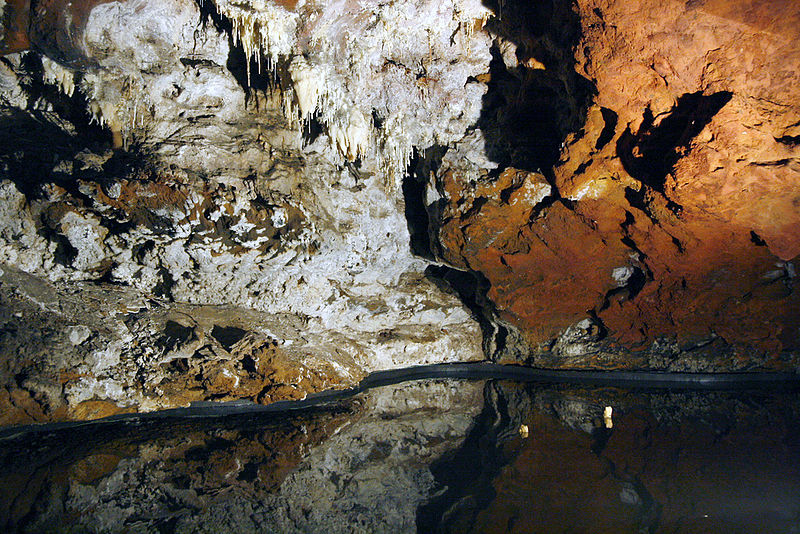
Facts and practical information
Nestled in the lush landscape of Cantabria, Spain, the Cave of El Soplao stands as a subterranean marvel, revered amongst the most exceptional caves worldwide for its geologic formations. Discovered in the early 20th century, El Soplao was initially mined for its rich deposits of zinc, lead, and silver. However, it wasn't until later that its true wonders were unveiled to the public, transforming it into a coveted destination for geologists, spelunkers, and tourists alike.
The cave's interior is a fantastical realm adorned with an abundance of eccentric helictites, stalactites, and stalagmites. These formations create an otherworldly atmosphere that captivates visitors with a symphony of mineralogical compositions and intricate designs. The delicate helictites, defying gravity in their whimsical growth patterns, are a particular highlight, distinguishing El Soplao as a geological treasure.
Spanning over 20 kilometers, only a portion of the Cave of El Soplao is accessible to the public, ensuring the protection of its delicate ecosystem and preserving its natural beauty. The cave's main gallery, known as La Gorda, showcases a breathtaking array of speleothems that draw the eye in every direction, each telling a story of the cave's ancient and dynamic history.
The Cave of El Soplao offers guided tours that cater to various levels of physical ability, including an adapted route for those with reduced mobility, ensuring that the splendor of this underground cathedral is available to all. Whether visitors choose a traditional tour or opt for the more adventurous spelunking routes, the experience is an unforgettable journey through the heart of the Earth.
Cave of El Soplao – popular in the area (distance from the attraction)
Nearby attractions include: Cave of Chufín, Sierra del Escudo de Cabuérniga, Torre de Cabanzón, Parque Natural de Oyambre.


